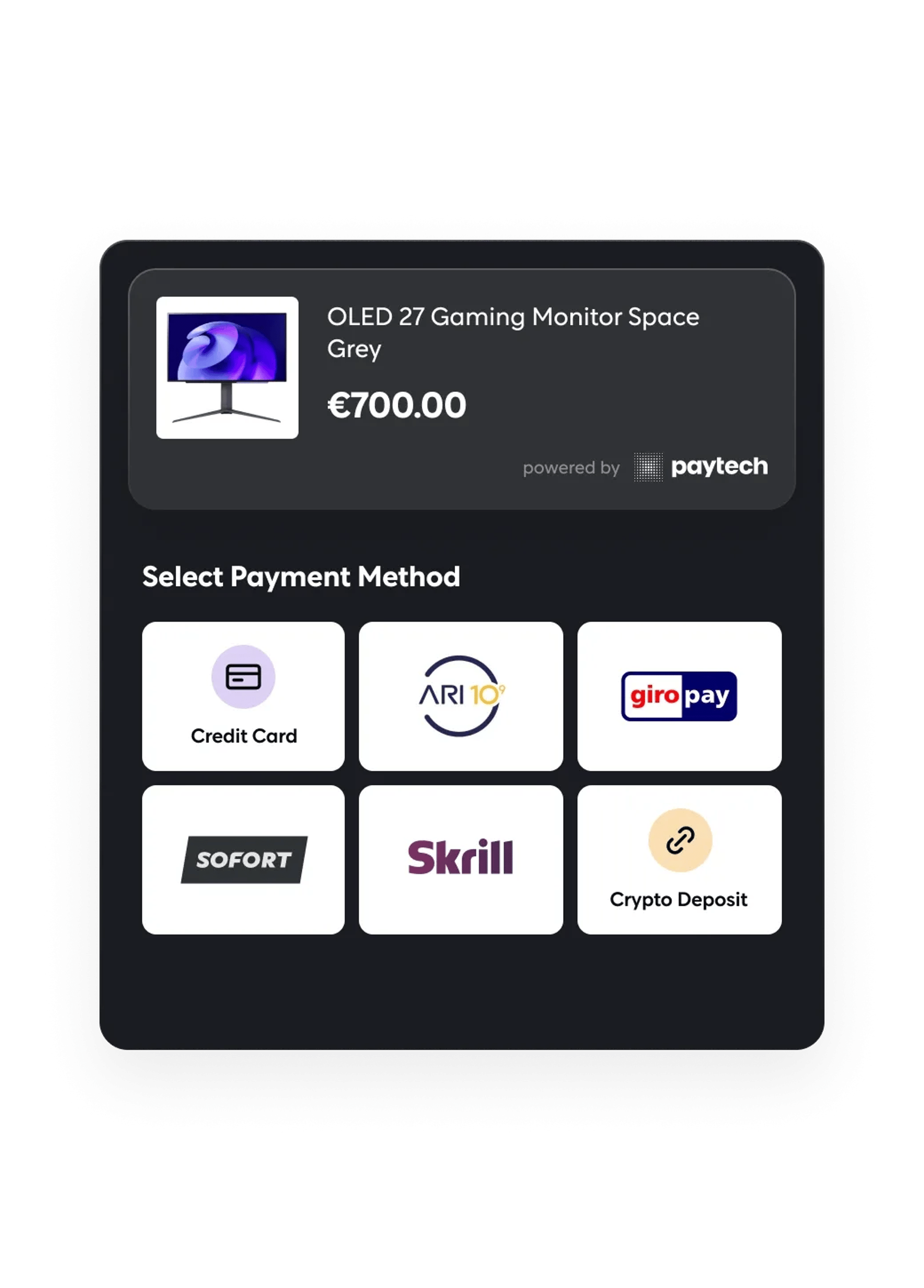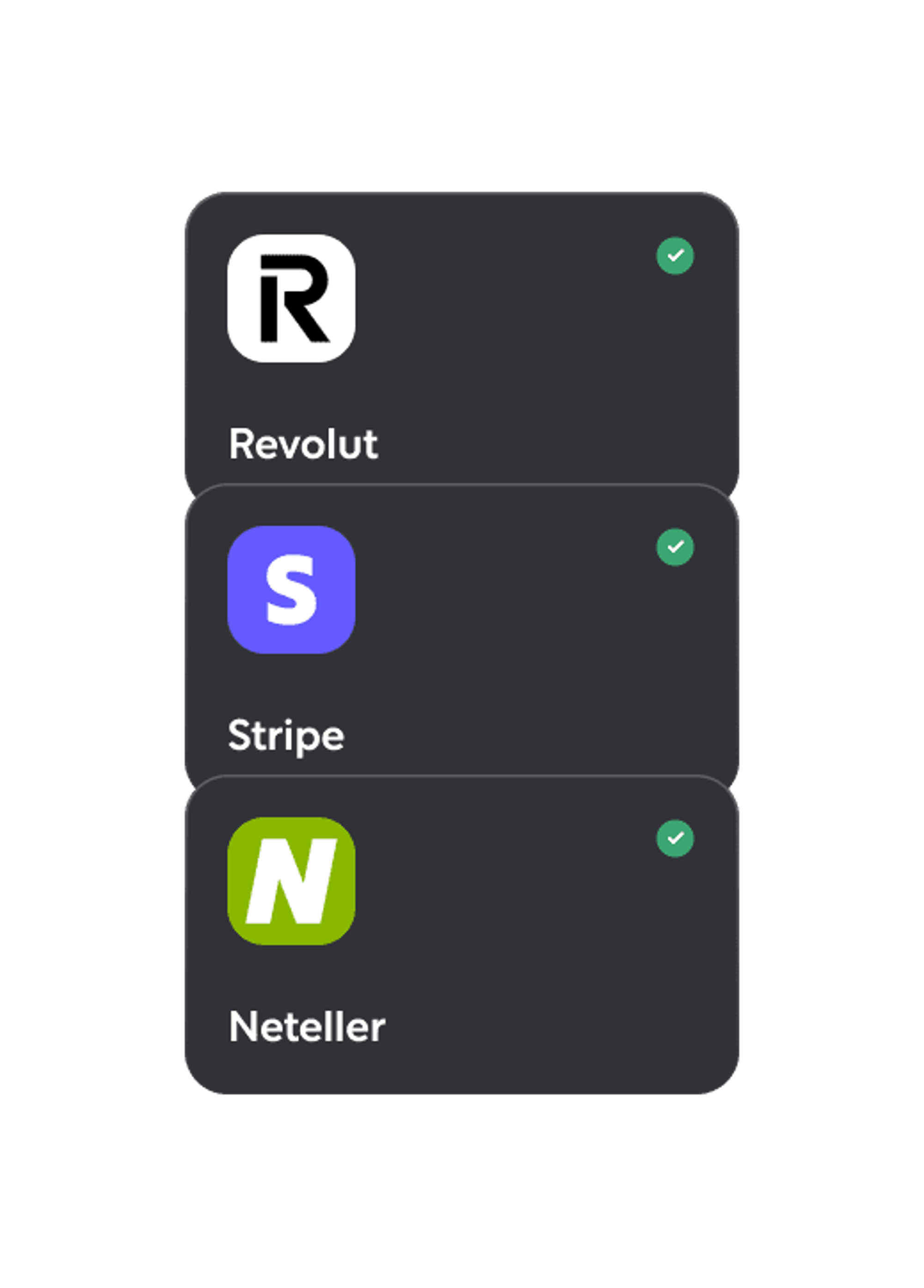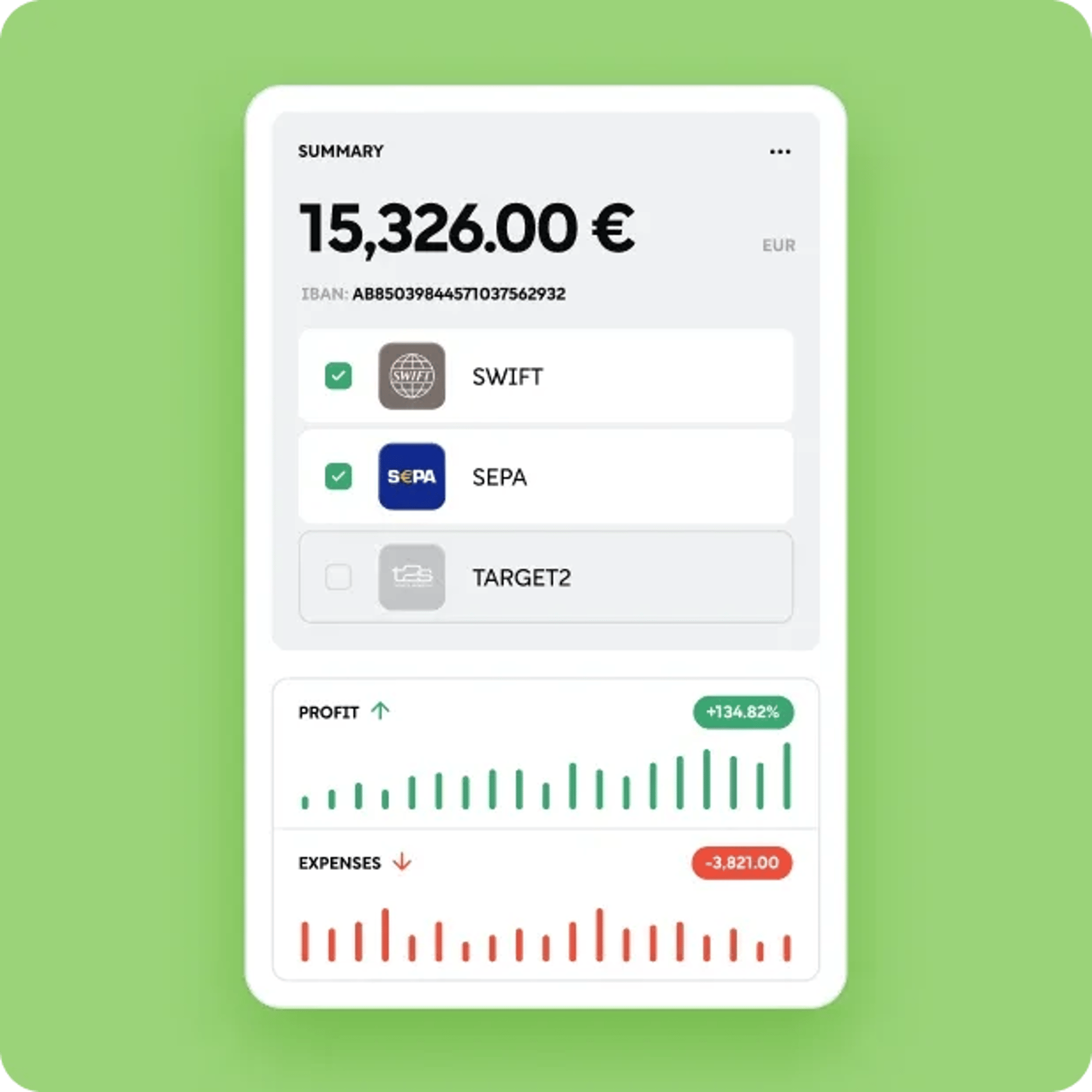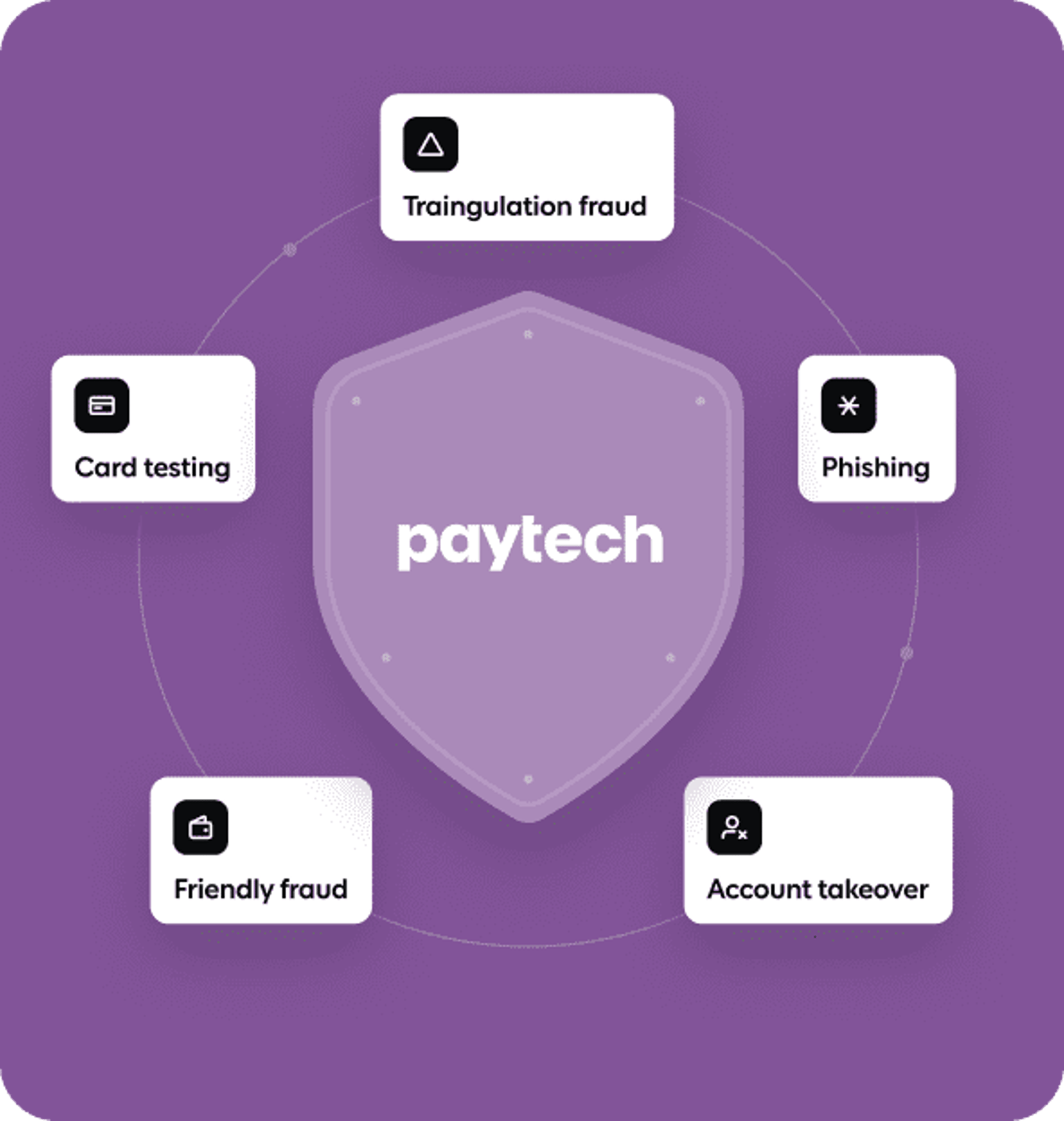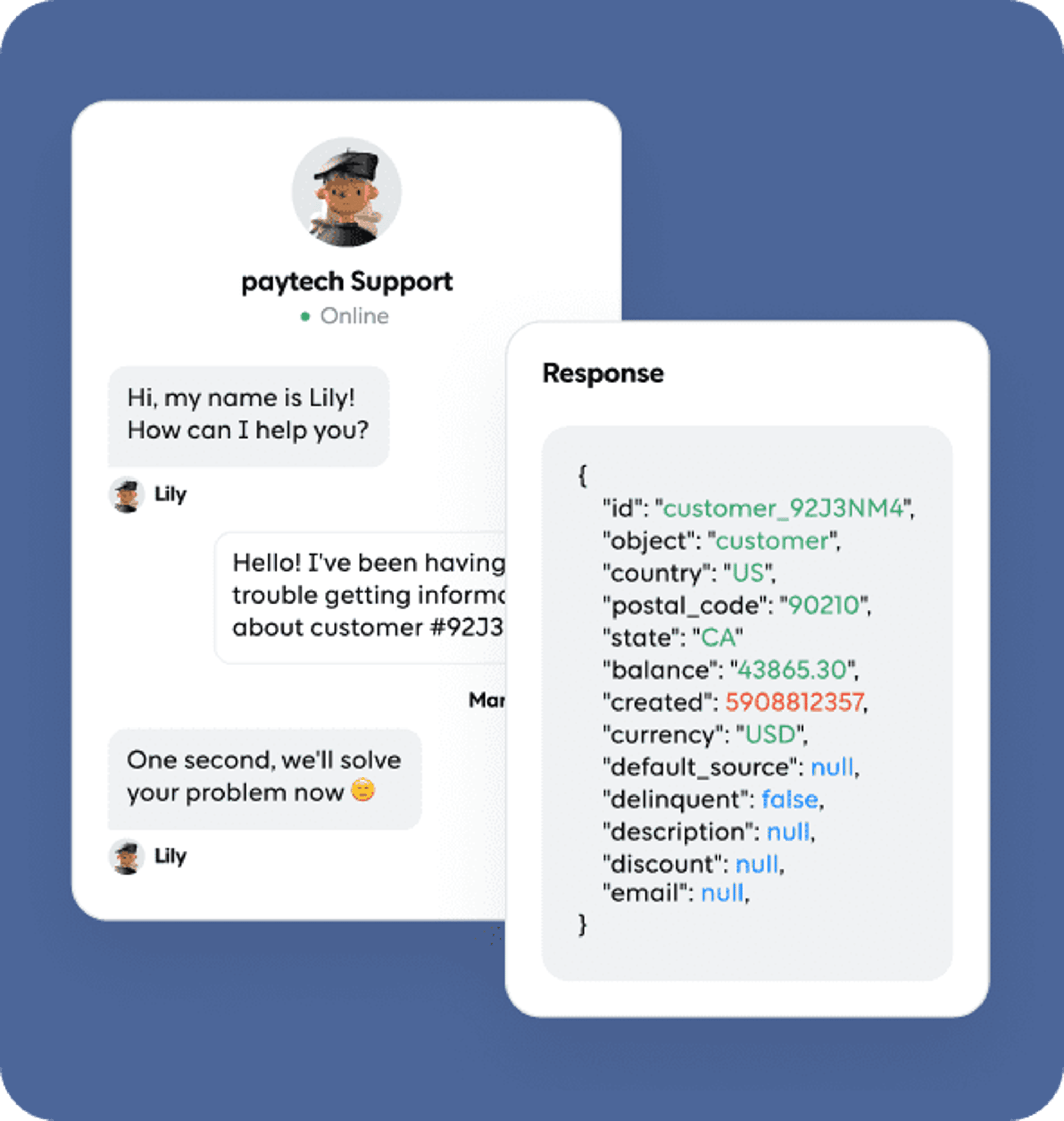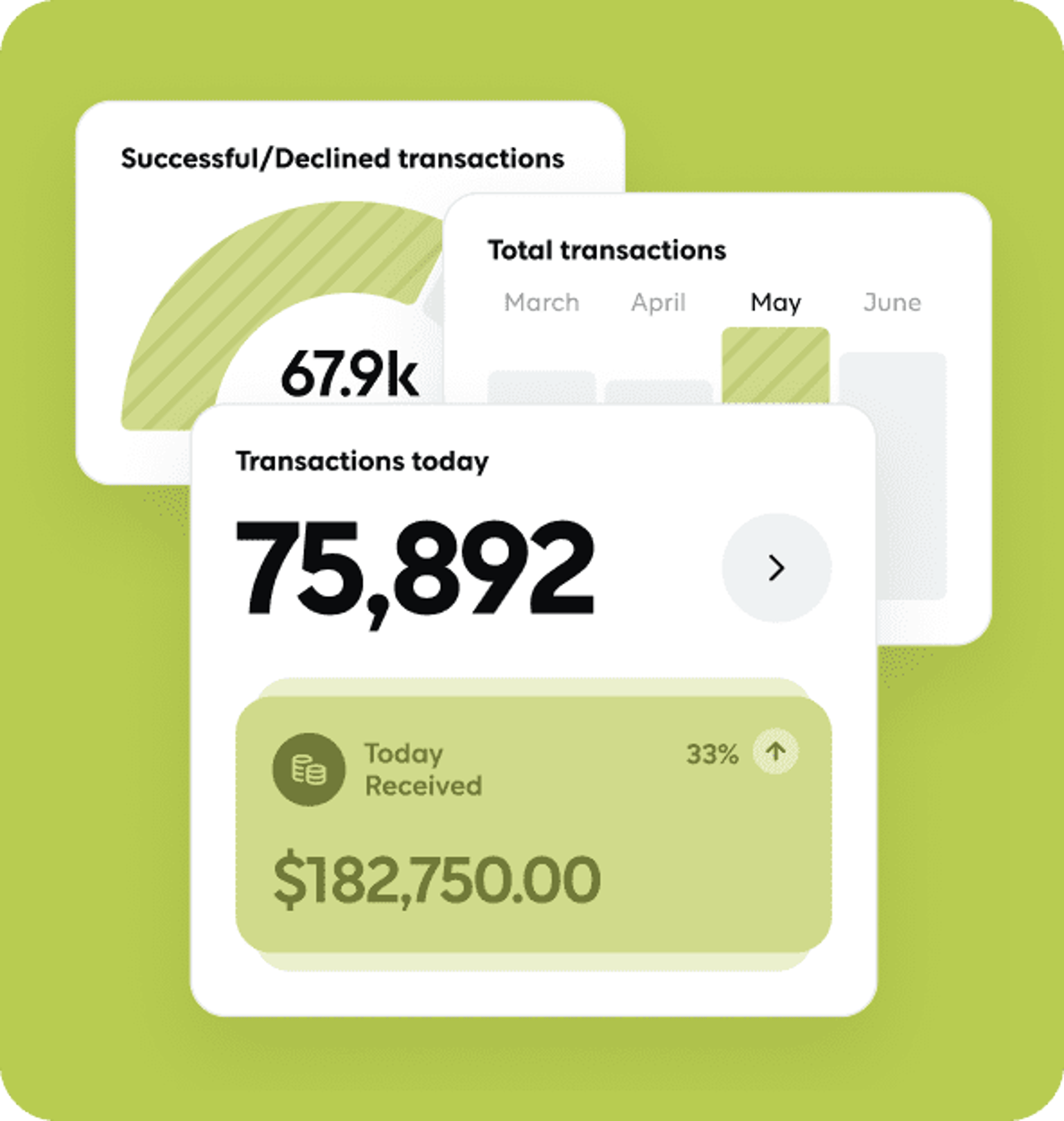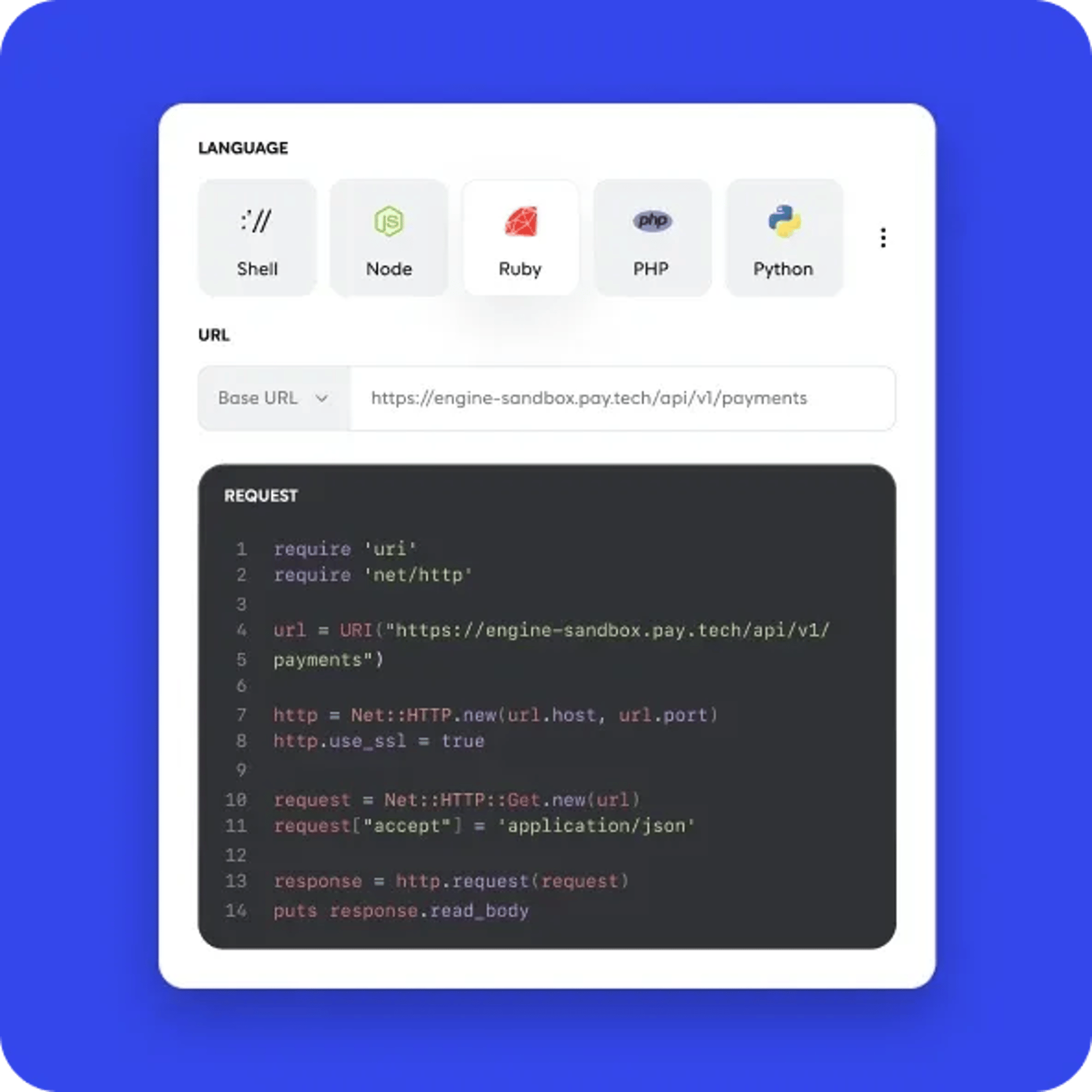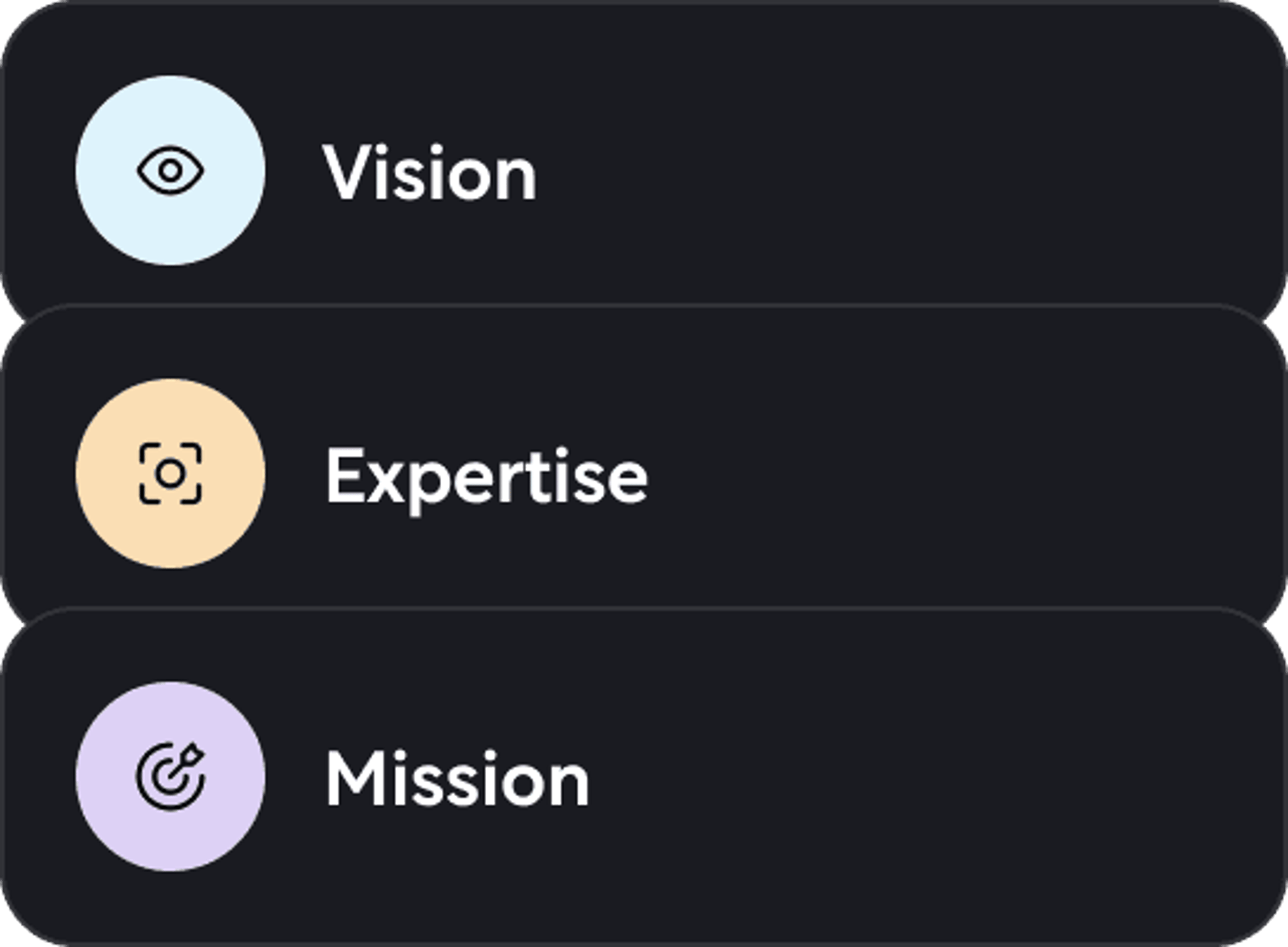paytech Achieves PCI DSS Level 1: Elevating Payment Security and Trust
PCI DSS certification
Payment card
security
 standard.
standard.
PCI DSS is a global standard, and compliance is crucial for any business involved in handling payment card data.
Compliance with PCI DSS involves implementing specific security measures and best practices to protect sensitive cardholder data from theft and misuse.
PCI DSS is a global standard, and compliance is crucial for any business involved in handling payment card data.
Compliance with PCI DSS involves implementing specific security measures and best practices to protect sensitive cardholder data from theft and misuse.
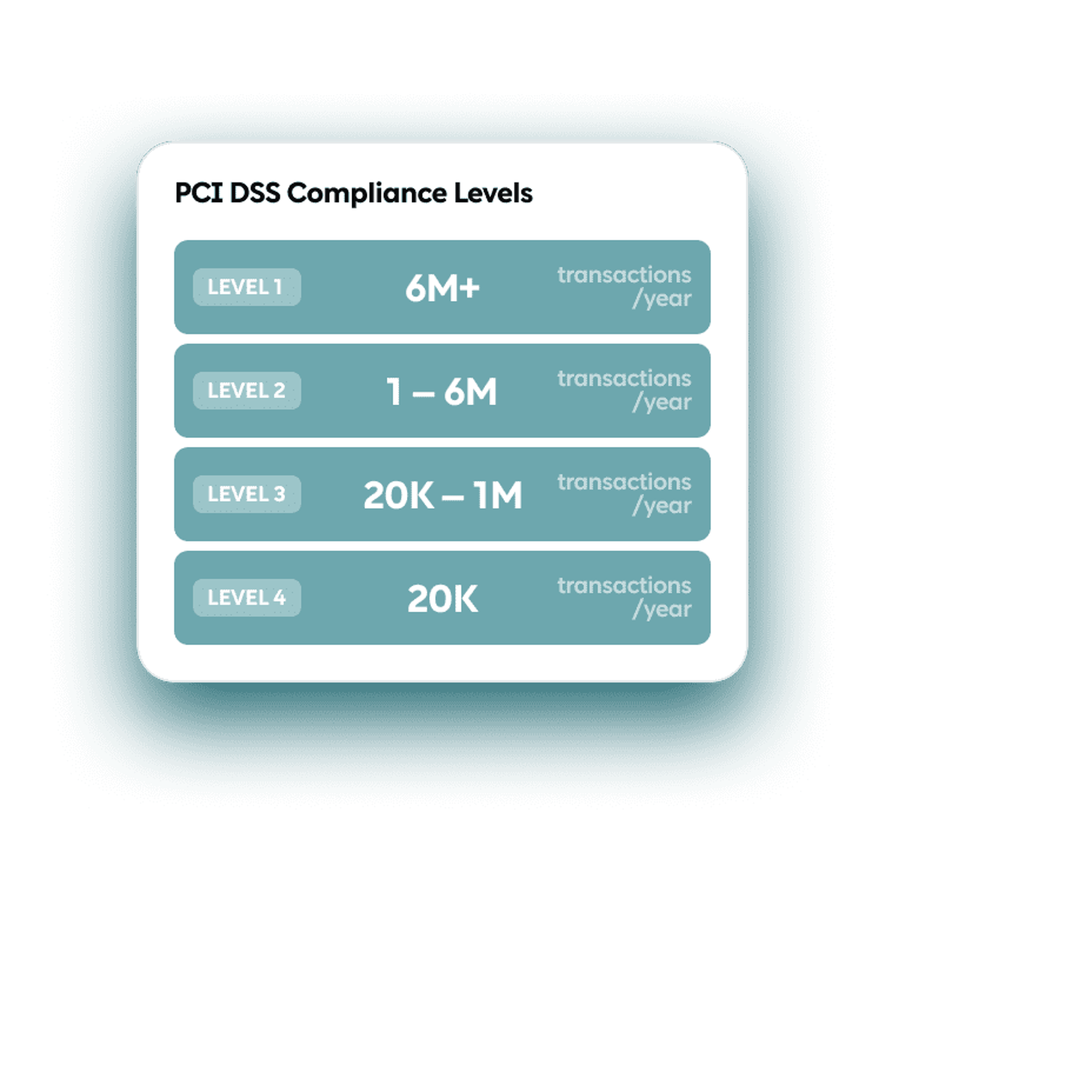
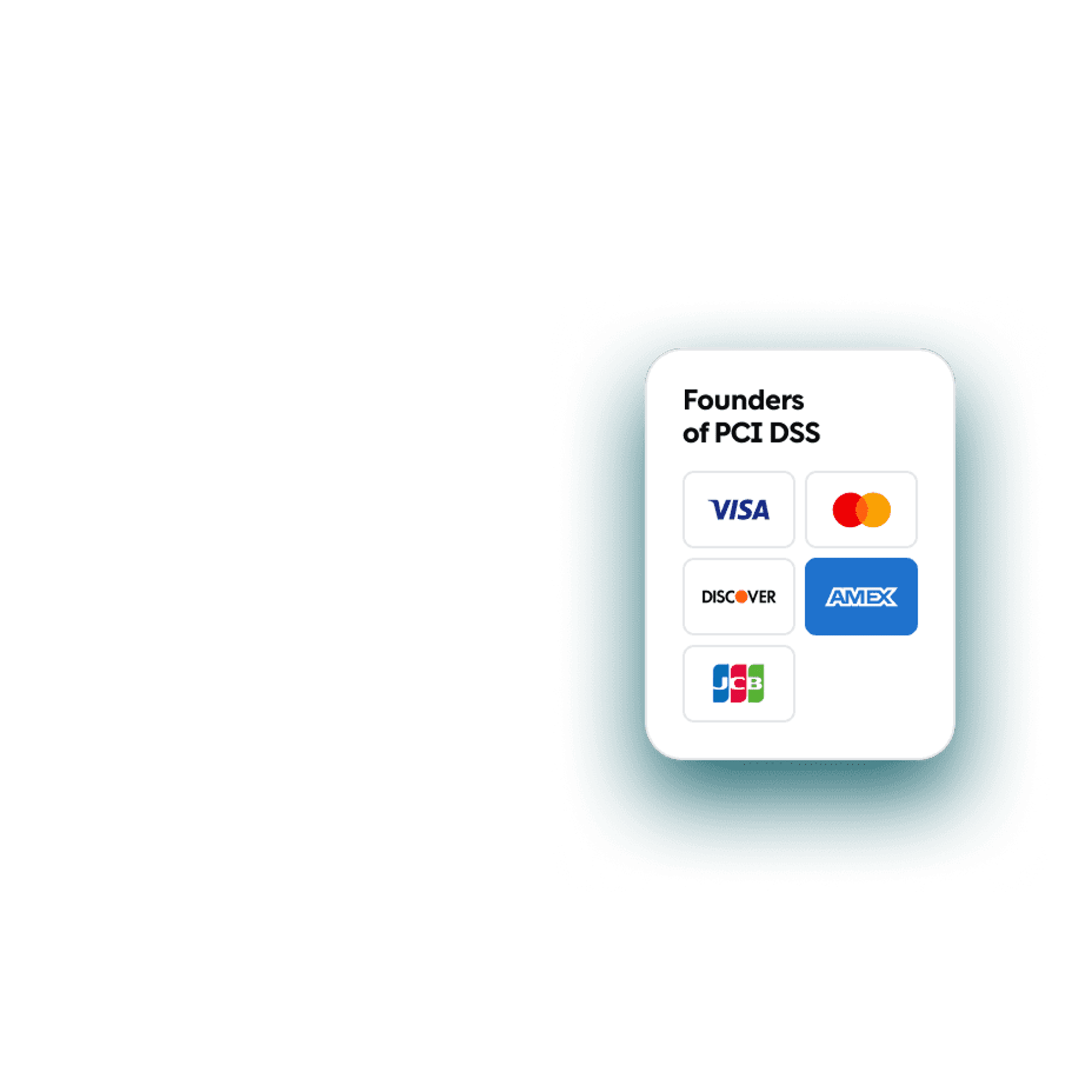

Why do you need PCI DSS
Implementing PCI DSS is
essential for  businesses
businesses
to protect sensitive
 customer information,
customer information,
maintain legal compliance,
prevent financial
losses,
and  build trust with
build trust with
customers. It is a
proactive
approach to
 cybersecurity that is
cybersecurity that is
crucial
in today's digital
payment landscape.
PCI DSS
compliance
 levels.
levels.
| Merchant level | Merchant definition | Requirement |
| Level 1 | More than six million transactions annually across all channels, including e-commerce | Annual Onsite PCI Data Security Assessment and Quarterly Network Scans |
| Level 2 | 1,000,000 – 5,999,999 transactions annually | Annual Self-Assessment and Quarterly Network Scans |
| Level 3 | 20,000 – 1,000,000 e-commerce transactions annually | Annual Self-Assessment and Quarterly Network Scans |
| Level 4 | Less than 20,000 e-commerce transactions annually, and all merchants across channel up to 1,000,000 VISA transactions annually | Annual Self-Assessment and Annual Network Scans |
Merchant level
Level 1
Merchant definition
More than six million transactions annually across all channels, including e-commerce
Requirement
Annual Onsite PCI Data Security Assessment and Quarterly Network Scans
Merchant level
Level 2
Merchant definition
1,000,000 – 5,999,999 transactions annually
Requirement
Annual Self-Assessment and Quarterly Network Scans
Merchant level
Level 3
Merchant definition
20,000 – 1,000,000 e-commerce transactions annually
Requirement
Annual Self-Assessment and Quarterly Network Scans
Merchant level
Level 4
Merchant definition
Less than 20,000 e-commerce transactions annually, and all merchants across channel up to 1,000,000 VISA transactions annually
Requirement
Annual Self-Assessment and Annual Network Scans
PCI DSS
12 requirements.
Build and maintain a secure network
1. Install and maintain a firewall configuration to protect cardholder data
Build and maintain a secure network by using firewalls to protect cardholder data.
Build and maintain a secure network
2. Do not use vendor-supplied defaults for system passwords and other security parameters
Change default passwords and security parameters to enhance the security of systems and applications.
Protect cardholder data
3. Protect cardholder data
Protect stored cardholder data through encryption, hashing, or other secure methods.
Protect cardholder data
4. Encrypt transmission of cardholder data across open, public networks
Use strong cryptography and security protocols to secure the transmission of cardholder data over public networks.
Maintain a vulnerability management program
5. Use and regularly update anti-virus software or programs
Deploy and maintain anti-virus software to protect systems from malicious software, and ensure it is kept up to date.
Maintain a vulnerability management program
6. Develop and maintain secure systems and applications
Protect stored cardholder data through encryption, hashing, or other secure methods.
Implement strong access control measures
7. Restrict access to cardholder data by business need-to-know
Protect stored cardholder data through encryption, hashing, or other secure methods.
Implement strong access control measures
8. Assign a unique ID to each person with computer access
Use unique identifiers for each individual with access to computer systems, and limit access based on job roles.
Implement strong access control measures
9. Restrict physical access to cardholder data
Implement physical security measures to prevent unauthorized access to cardholder data.
Regularly monitor and test networks
10. Track and monitor all access to network resources and cardholder data
Implement logging and monitoring to track and review access to network resources and cardholder data.
Regularly monitor and test networks
11. Regularly test security systems and processes
Conduct regular security testing and assessments to identify vulnerabilities and weaknesses in systems and processes.
Maintain an information security policy
12. Maintain a policy that addresses information security for all personnel
Develop and maintain a comprehensive security policy that addresses information security for all employees and contractors.
How paytech
can help with
 PCI DSS
PCI DSS
certification?
paytech is your strategic partner in achieving PCI DSS certification by providing expert consultation, assessing your current security posture, and recommending tailored solutions. Our team assists in implementing technical measures, including encryption and secure network architecture, and helps develop comprehensive security policies.
We help your organization adapt to changes, ensuring a secure payment environment and reducing the risk of data breaches.
Contact
our Sales


 team.
team.
Provide your information to help our Sales
team better understand your needs.
Thanks for enquiring
 with us.
with us.
We’ll contact you directly to get things
moving – we may ask you for additional
information about your enquiry.
